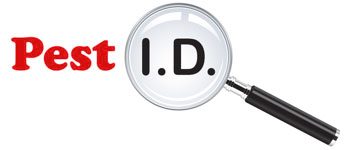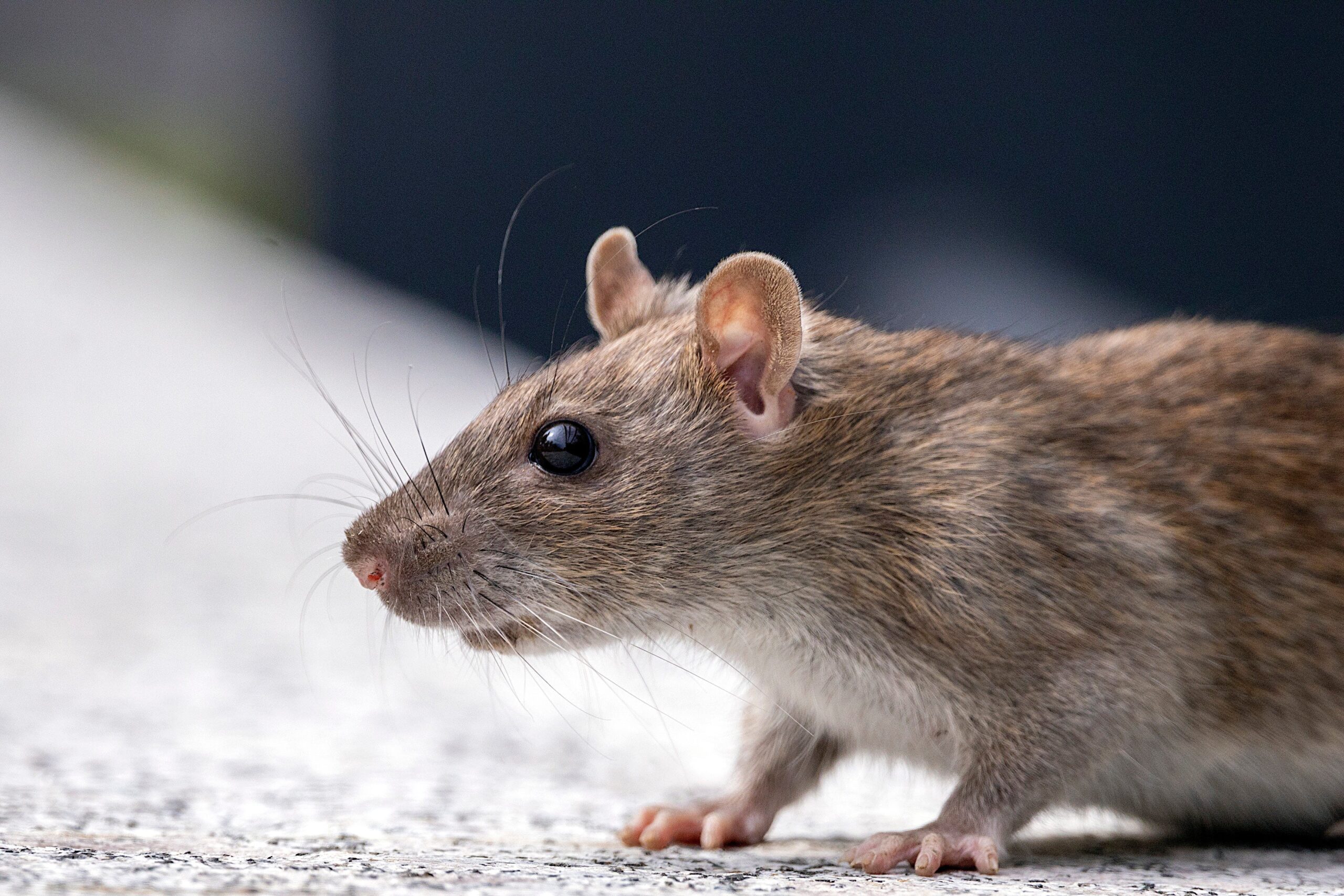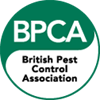Rats are known to be excellent climbers, swimmers, and burrowers, making it easy for them to travel around houses and other structures. They can squeeze through tiny cracks and crevices, swim through pipes and sewer systems, and burrow into walls and foundations. Once inside a home, rats can cause a variety of problems, including damage to property, contamination of food and surfaces, and the spread of disease. In this article, we will explore the ways in which rats travel around houses and what can be done to prevent and control rat infestations.
How Rats Travel Through Properties
One of the primary ways that rats travel around houses is through the use of pipes and sewer systems. Rats are phenomenal swimmers and can easily swim through pipes to enter homes and other buildings. Additionally, they can use pipes and sewer systems as a means of travel, moving from one location to another with ease.
Another way that rats travel around houses is by using walls and foundations as a means of burrowing. Rats are phenomenal burrowers and can dig tunnels and burrows within walls and foundations, providing a convenient and sheltered means of travel. In addition, rats can also use these burrows to access the interior of homes, where they can cause significant damage and spread disease.
Rats are also excellent climbers and often enter homes through roofs and attic spaces. We’ve all heard the phrase ‘rat up a drain-pipe’, which is how many rats get to gutter level, but more often, they shimmy between the wall and the drainpipe to get to the roof. Once at gutter level, they usually enter under the ridge tiles or gnaw an entry hole through the facias or soffits. Then, they’re in your loft space – which has now become their safe zone.
In addition to their physical abilities, rats are also known for their intelligence and resourcefulness. They are highly adaptable and can quickly learn to navigate around obstacles and find new ways to enter homes and other buildings.
Once the rats or mice have their safe place in the loft, they often travel within the wall cavities (insulated or not) to other parts of the house.
Their keen sense of smell inevitably leads them to the cavity walls around the kitchen, where often, behind the kitchen units, there will be cracks or pipe fittings that allow them to get under the kicker boards or your kitchen units – the perfect place to raid food storages, steal morsels of food, or raid pet meals that are left out during the night.
How to Prevent and Control Rat Infestations
To prevent and control rat infestations, it is important to take steps to eliminate access points and make it more difficult for rats to enter homes and other buildings. This can include sealing cracks and crevices, installing screens over vents and drains, and taking steps to prevent food and shelter sources.
City officials can also play a critical role in preventing and controlling rat infestations by maintaining the sewer system and taking steps to prevent rats from using the sewer system as a means of travel. This can include cleaning out the drains, repairing any defects, and taking steps to prevent rats from entering the sewer system.
Homeowners and business owners can also take steps to prevent and control rat infestations. This can include properly storing food, properly disposing of garbage, and taking steps to prevent food from entering the drains. Additionally, it is important to regularly inspect the exterior of the home or building for signs of rat activity, including burrows, gnawed holes, and droppings.
Summary
In conclusion, rats are highly adaptable and can easily travel around houses and other structures using pipes and sewer systems, walls and foundations, roofs and attics due to their underestimated physical abilities and high intelligence. To prevent and control rat infestations, it is important to eliminate access points, prevent food and shelter sources, and maintain the sewer system. By taking these steps, we can help to reduce the incidence of rat problems and ensure the health and safety of our communities.
If you have any questions about how to control or prevent rats in your home, or need rodents removed from your property immediately, get in touch with our expert team today.brilliant








